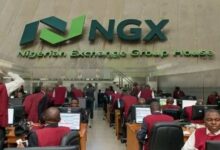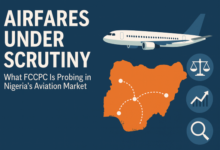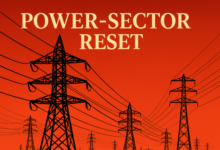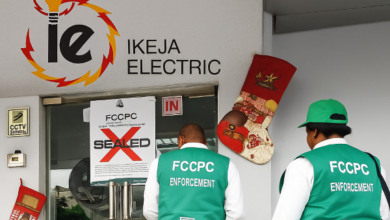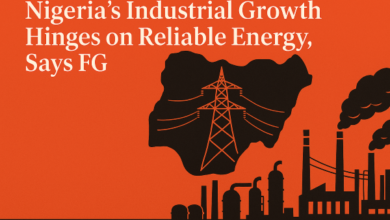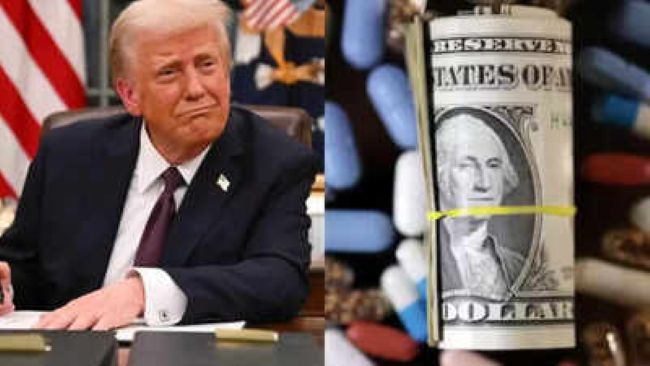
In a move that could reshape global pharmaceutical pricing and reignite a contentious battle with the drug industry, U.S. President Donald Trump has pledged to slash prescription drug costs in the United States by as much as 80%. Describing it as one of the most “consequential executive orders in U.S. history,” Trump announced on social media that the measure would be signed at 9 a.m. Monday.
“Prescription Drug and Pharmaceutical prices will be reduced, almost immediately, by 30 per cent to 80 per cent,” Trump declared on his Truth Social account, adding that prices “will rise throughout the world in order to equalise and, for the first time in many years, bring fairness to America.”
The sweeping drug price policy, centered on a “Most Favored Nation” pricing model, would peg U.S. drug prices to the lowest prices paid by any country globally — a strategy that could fundamentally disrupt the pharmaceutical sector’s global pricing structure.
The Political and Economic Stakes
Trump’s announcement, which follows days of cryptic teasers about an “earth-shattering” policy reveal, strikes at the heart of one of the most persistent challenges in American healthcare: runaway prescription drug prices. Unlike most developed nations, the U.S. lacks a centralized mechanism for price control across all pharmaceuticals. As a result, Americans often pay two to ten times more for the same medications than patients in countries like Canada, Germany, or the United Kingdom.
The move could dramatically alter the profit dynamics of major pharmaceutical companies, especially those that rely on the U.S. market — by far the most lucrative — for a significant share of global revenues. Wall Street analysts warn that such aggressive price controls could trigger sharp declines in pharmaceutical stock prices, reduce R&D budgets, and potentially discourage new drug development.
Déjà Vu — and the Roadblocks Ahead
This isn’t Trump’s first swing at Big Pharma. During his presidency, he unveiled a similar plan that sought to tie Medicare drug prices to international rates and expand access to discounted insulin and EpiPens for low-income Americans. That initiative, however, was ultimately derailed by legal challenges and pushback from the pharmaceutical lobby — one of the most powerful interest groups in Washington.
Critics argue that without congressional backing and structural regulatory reform, any executive order could again flounder in court or get reversed by future administrations. Moreover, implementation would require buy-in from multiple federal agencies, healthcare providers, insurers, and — most problematically — drug manufacturers.
Trump vs. Biden: A Policy Flashpoint
The timing of Trump’s latest healthcare salvo is politically significant. Drug pricing reform has been a key plank of President Joe Biden’s healthcare agenda. In 2022, Biden scored a major legislative victory with the Inflation Reduction Act, which — for the first time — gave Medicare the authority to negotiate prices for a limited set of high-cost drugs. The measure was hailed as historic, though its scope was far narrower than what Trump is now proposing.
Trump’s fresh pitch, therefore, not only seeks to reclaim ownership of the drug price issue but also casts him in stark contrast to Biden, setting up a policy clash that is likely to intensify as the 2024 campaign heats up.
Global Ripple Effects
If implemented, Trump’s “Most Favored Nation” pricing could force multinational pharmaceutical firms to rethink their pricing strategies in Europe, Asia, and Africa. Countries that currently enjoy low negotiated prices could find themselves paying more as companies seek to avoid triggering mandatory U.S. price matching. This, in turn, could exacerbate healthcare inequities globally.
Business Implications for Nigeria and Emerging Markets
For countries like Nigeria, where drug affordability is already a major public health concern, the ripple effects of Trump’s proposed policy could be severe. Multinational drugmakers may respond by raising prices in lower-income markets or reducing supply of certain drugs to avoid setting a low global benchmark. Local pharmaceutical firms, heavily reliant on imports, could face higher acquisition costs, thereby worsening out-of-pocket health expenditures for ordinary Nigerians.
However, this could also present a strategic opening for Nigeria’s domestic pharmaceutical industry to scale up production, attract investment, and push for policy reforms that prioritize local manufacturing and pricing transparency.
Conclusion: Sound and Fury, or Market-Shaking Reform?
While Trump’s announcement makes for headline-grabbing politics, the real test lies in execution. The pharmaceutical lobby is unlikely to go quietly, and legal hurdles abound. Yet if Trump manages to implement even part of this sweeping reform, it could mark a turning point in global pharmaceutical economics — with significant implications for consumers, businesses, and policymakers worldwide.
Will this be a populist promise lost in the policy weeds — or the catalyst for a long-overdue rebalancing of global drug pricing?



